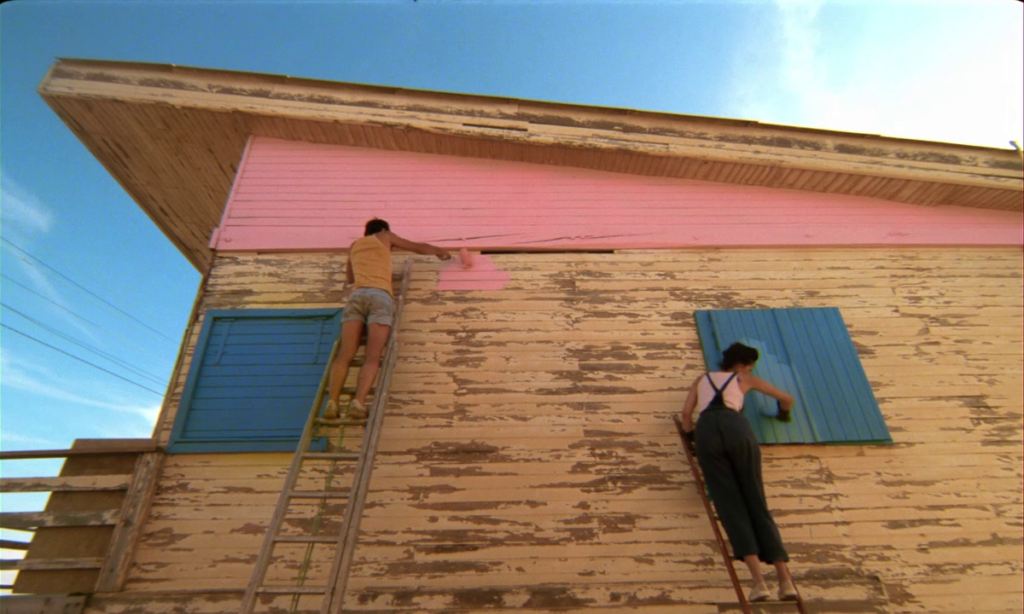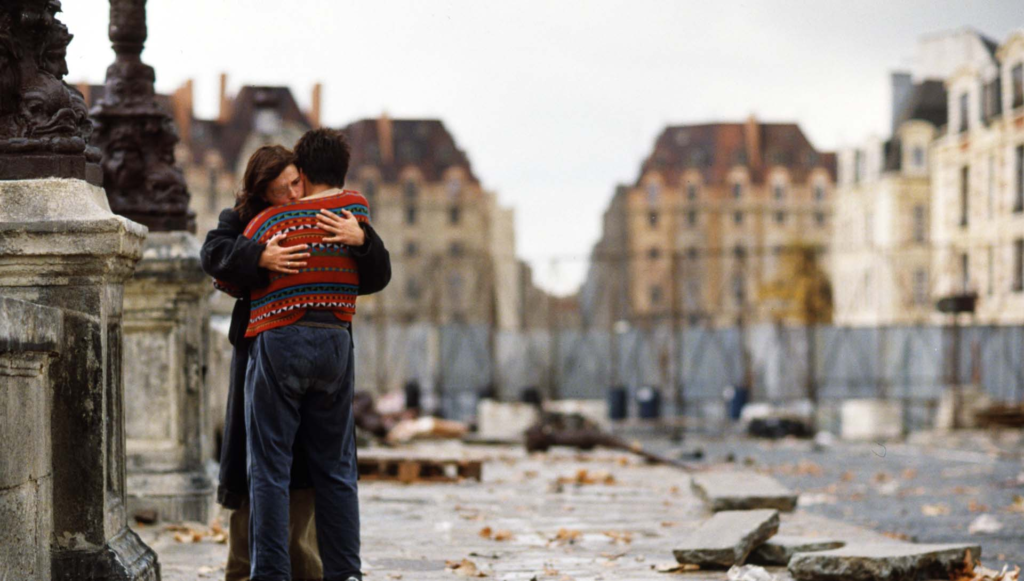New Mexican cinema, also referred to as Nuevo Cine Mexicano is a Mexican film movement started in the early 1990s. Filmmakers and critics consider Nuevo Cine Mexicano a “rebirth” of Mexican cinema because of the production of higher-quality films.
This rebirth led to high international praise as well as box-office success, unseen since the golden age of Mexican cinema of the 1930s to 1960s.
The quality of Mexican films suffered in the decades following the golden age due in part to Mexican audiences watching more overseas films, especially Hollywood productions. This resulted in the rise of infamous Mexican genres such as Luchador films, the low-budget direct-to-video Mexploitation film.
It’s themes include identity, tradition, and socio-political conflicts within Mexico itself.
Some films and directors:
Alfonso Cuaron’sY Tu Mamá También (2001) – nominated for an Academy Award for Best Original Screenplay.

At the Golden Globes for Best Foreign Film, and Alejandro G. Iñárritu’s Amores Perros (2000), which was nominated for Best Foreign Film at the Academy Awards.

Guillermo del Toro’s Pan’s Labyrinth a 2006 Mexican-Spanish that won numerous international awards.

The Golden Age of Mexican Cinema occurred from the 1930s to the 1960s, afterward, a period of low-budget B-movies funded by the state of Mexico was the primary source for films for the Mexican public. A comeback of Mexican cinema was believed to occur in the 1970s, however, its success was short-lived as the majority people from Mexico preferred Hollywood films.
Before the 1990s, the Mexican film industry was primarily funded by the state in coordination with the Instituto Mexicano de Cinematografía (Mexican Film Institute). There was a decrease in Mexican audiences watching Mexican-produced films in favor of Hollywood blockbusters due to the economic crash in 1994.The IMCINE produced roughly five films a year during the crisis.
The main influx of directors and filmmakers, as well as funding, primarily came from the IMCINE.






